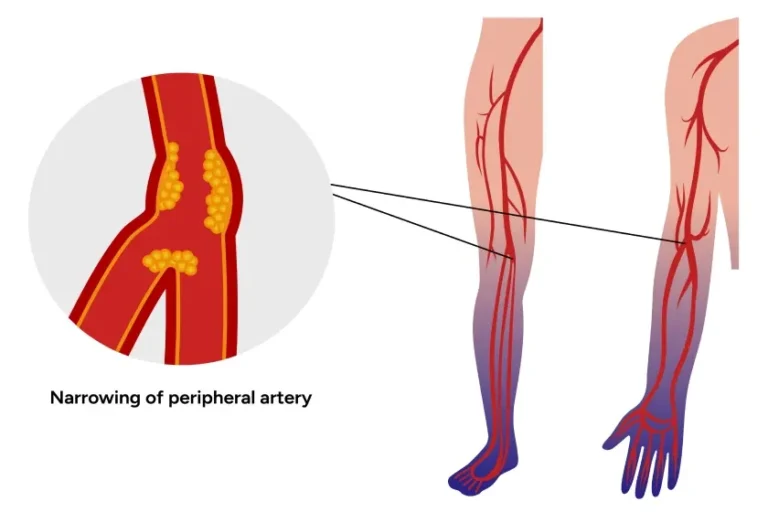What is insulin?
Insulin is a hormone created by the pancreas that controls the amount of glucose in the bloodstream at any given moment. It also helps store glucose in the liver, fat, and muscles. Finally, it regulates the body’s metabolism of carbohydrates, fats, and proteins.
When you eat, your blood glucose levels rise, and this leads a typical person’s pancreas to release insulin, so that the sugar can be stored as energy for later use. Without that pancreatic ability, as a person with either type 1 diabetes or advanced type 2 diabetes, blood sugar levels may rise dangerously high, or drop too low.
Study corner – PETC (newpetc.com)
Live sessions – LIVE PETC (newpetc.com)


What are the different types ?
Rapid-Acting Insulin Short-Acting Insulin Intermediate-Acting Insulin Long-Acting Insulin Premixed/Combination Insulin
Rapid-Acting Insulin
This type of insulin begins to affect blood glucose approximately 15 minutes after injection. It peaks in about an hour, and then continues to work for a few more.
Short-Acting Insulin
Short-acting insulin reaches your bloodstream within 30 minutes of injection. It peaks in the 2-3-hour range and stays effective for 3-6 hours.
Intermediate-Acting Insulin
This category includes NPH insulin (neutral protamine), which helps control glucose for 10-12 hours. A protamine is a type of protein that slows the action of this insulin.
Long-Acting Insulin
This insulin type enters the bloodstream 1-2 hours after injection and may be effective for as long as 24 hours. An advantage to long-acting insulin is there is no pronounced peak, and it works more like typical pancreatic insulin.
Premixed/Combination Insulin
Premixed, or combination, insulin contains a mix of rapid- or short-acting insulin combined with an intermediate-acting insulin. This eliminates the need to draw insulin from more than one bottle
Total Daily dose
- 0.3 units/kg/day for patients who are lean, on hemodialysis, frail and elderly, insulin-sensitive, or at risk for hypoglycemia;
- 0.4 units/kg/day for a patient at normal weight;
- 0.5 units/kg/day for overweight patients; and
- 0.6 units/kg/day or more for patients who are obese, on high-dose steroids or insulin-resistant.





